If you own an online store, you probably know the pain of online shopping cart abandonment. And if you don’t, you’re missing out on a lot of sales and profits for you and your business.
According to Barilliance, the average shopping cart abandonment rate for eCommerce sites and online retailers was 77.13% in Australia alone! To put that in perspective, for every 10 people that put an item in their cart, almost 8 people leave without actually buying it. That’s a lot of missed opportunities for revenue and growth.
So what can you do to reduce abandoned carts for you and your online store? In this article, we take a look at why people abandon their carts so often before giving you 10 great strategies to reduce your shopping cart abandonment rate.

What is Abandoned Cart?
Abandoned carts are just one type of ‘abandonment’, an e-commerce term that’s used to describe a visitor on a web page who leaves before completing a desired action. Other types of abandonment exist including:
- Booking abandonment – visitors begin to book a flight, hotel or restaurant reservation but leave before completing it.
- Form abandonment – visitors leave before completing form fields for subscriptions or service quotes.
- Browse abandonment – visitors browse a site, visiting category pages and products but leave without any meaningful action.
Shopping cart abandonment is by far the most common, and as we mentioned, can mean a ton of missed opportunities for sales. But why do shoppers abandon carts in the first place?
Reasons for Abandoned Carts
Reasons for people leaving their carts can be numerous but here are 5 of the biggest culprits.
Confusing checkout processes
A long and confusing checkout process is one of the biggest reasons why people abandon their carts. If people have to jump through too many hoops or click through too many pages, it can trigger sentiments of ‘can’t be bothered’ or ‘this is too much work’ – ultimately causing them to leave the site.
Unexpected shipping costs and delivery times
Noone likes to be surprised, especially when the surprise comes in the form of unexpected costs and delivery times. Your customers may reevaluate their purchase if they’ve not been made previously aware of shipping fees. Likewise, if the delivery times for their products surprise them, it will also cause them to question their shopping decisions.
Lack of payment options
While credit cards are still the most preferred e-commerce payment method, it is still only used by 50% of all Australian shoppers.
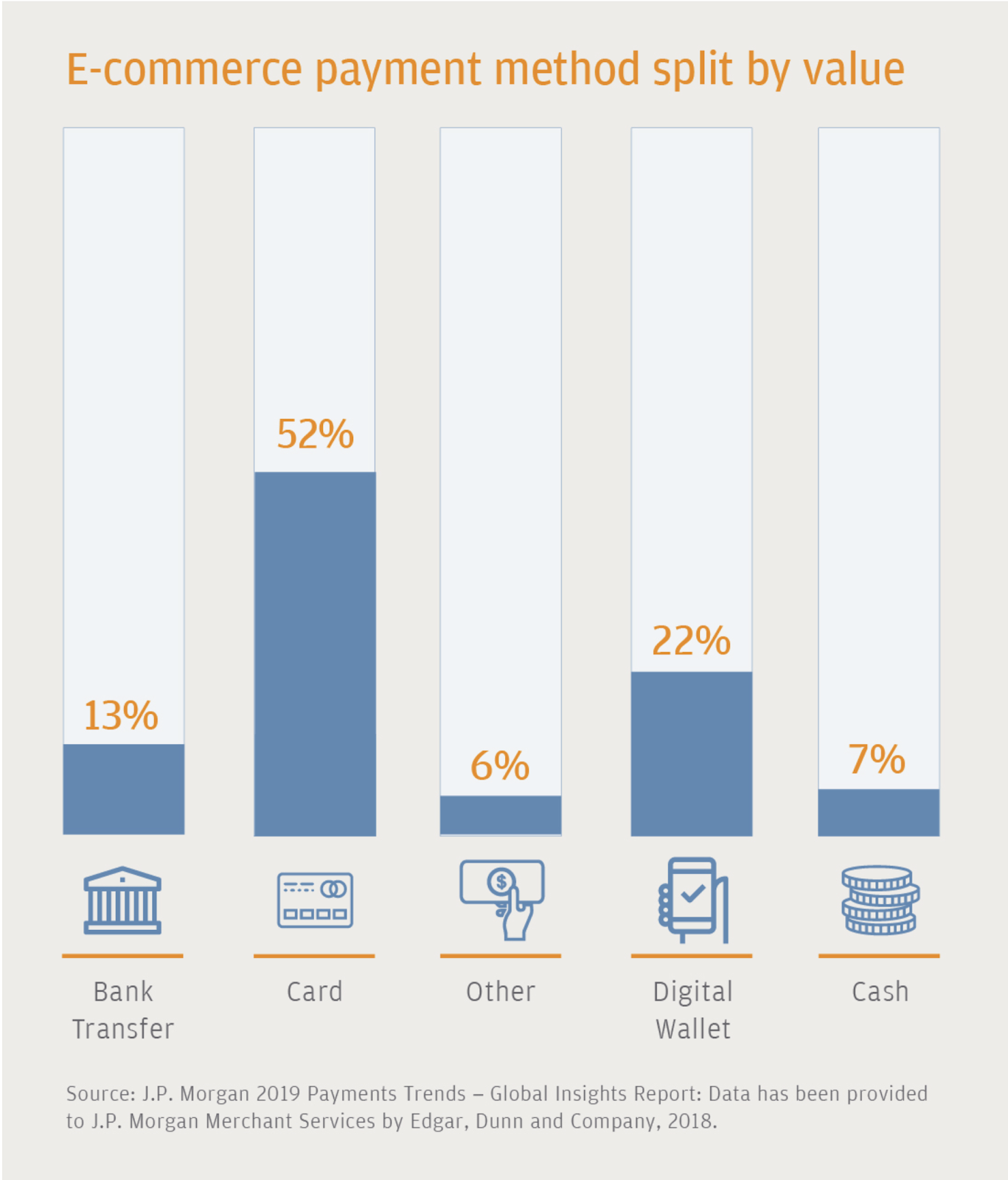
That’s a lot of different payment methods that Australians use!
That means there is another 50% that use other forms of payment. Limiting yourself to a single payment method practically alienates a large segment of your audience and will contribute to a large abandoned cart rate.
Mandatory account creation
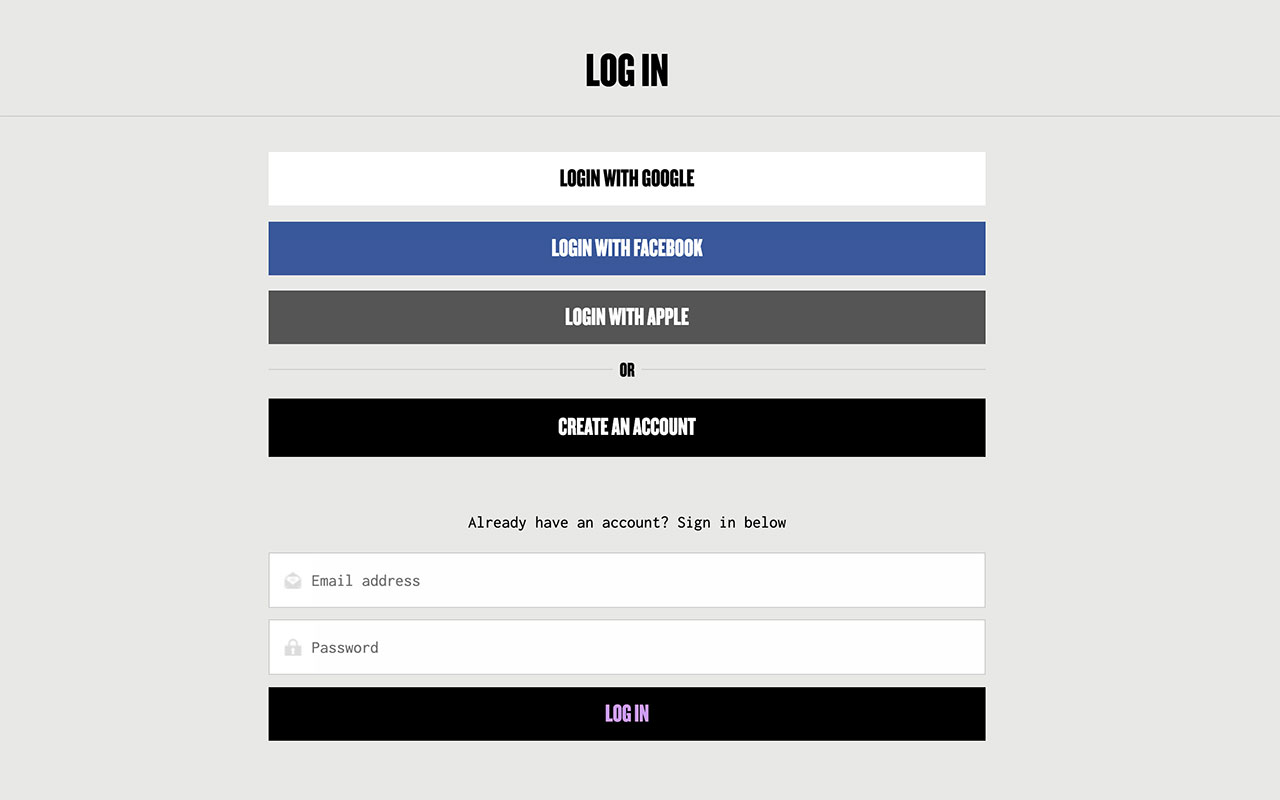
Image source: Google image
Checking out and purchasing your products should be a simple and easy process. Creating an account and having to sign-up are extra steps in that process and can turn away shoppers who haven’t completely bought into their decision to buy from you and your brand.
Slow speeds and performance issues
A shoddy, error-ridden website creates distrust and serves as a turn-off for many potential customers. If your checkout pages are slow to load or feature many errors and bugs, customers will be more inclined to leave your site and shop elsewhere.
10 Strategies to help recover abandoned carts
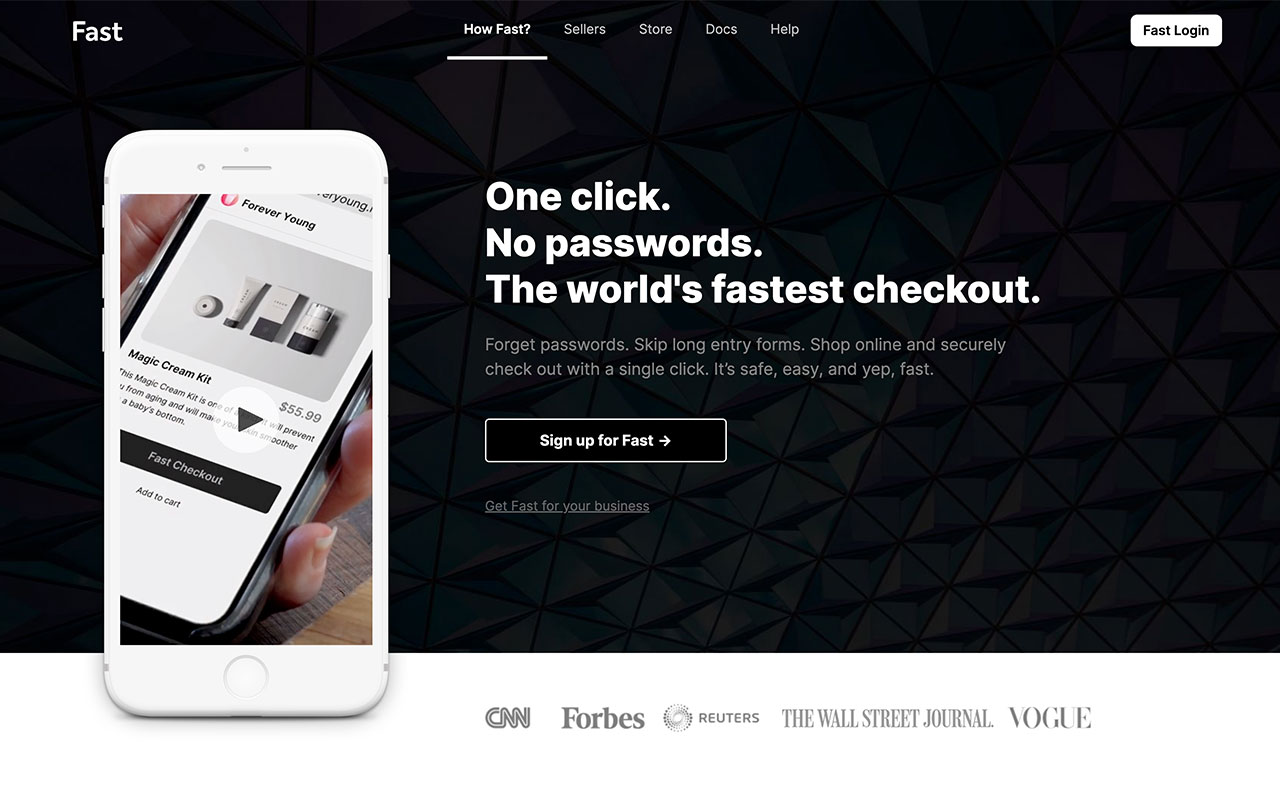
Fast makes it fast, easy and safe to login, signup and pay online. With 1-click login and 1-click checkout.
1 – Simplify your checkout process
By making your checkout process short and simple, you make it easier for your customers to do what you want: buy your product or service. Your checkout process should be no longer than 5 separate pages. It should also contain big and bold buttons which signal the next steps to customers.
Tools such as progress indicators can also be used to help customers visually see how far or close they are from completing their purchase. This further optimises and improves the checkout flow.
2 – Make it easy for customers to return to their cart
Abandon carts aren’t always the result of unexpected costs or a complex checkout. Sometimes customers will exit the checkout page, either by accident or to add items to their cart, but find it difficult to actually return to it.
Placing clear buttons that lead back to checkout or using pop-ups that remind them of their cart can help guide customers back to where they left off.
3 – Be upfront with all costs
Avoid taking your customers by surprise by being upfront and transparent about all potential costs surrounding their purchase. This includes additional taxes, shipping fees and payment surcharges.
You can display all these costs together on a specific page of your checkout process or make customers aware beforehand through product pages and FAQs. Doing so helps set customer expectations and reduces the chance of shopping cart abandonment.
4 – Provide multiple payment methods
Like we mentioned previously, limiting your e-commerce store to one or two payment methods pigeonholes you and limits your offerings to a wider range of customers. Having staple payment methods such as card payments and PayPal are essential. But providing more options such as AfterPay and direct bank transfers will open you up to more customers, leading to more sales and less abandoned carts.

Rebel offers multiple payment options and reminds you on the checkout page.
5 – Highlight your return and refund policies
Giving customers confidence and peace of mind is one of the most effective ways of reducing abandoned carts. Your return and refund policies are especially useful in this regard.
Reminding customers that you do offer full refunds or allow for returns can give them the extra reassurance and push they need to complete their purchase. Be sure to do so by clearly communicating your return/refund policies with good web design and effective copy.
6 – Provide customer support with live chats
It’s not unusual for customers to have questions while they shop. These questions can be about the product itself, the delivery times or reasons for specific fees. While you might have that information already present on your website, these questions might arise at the most inopportune time – the checkout page.
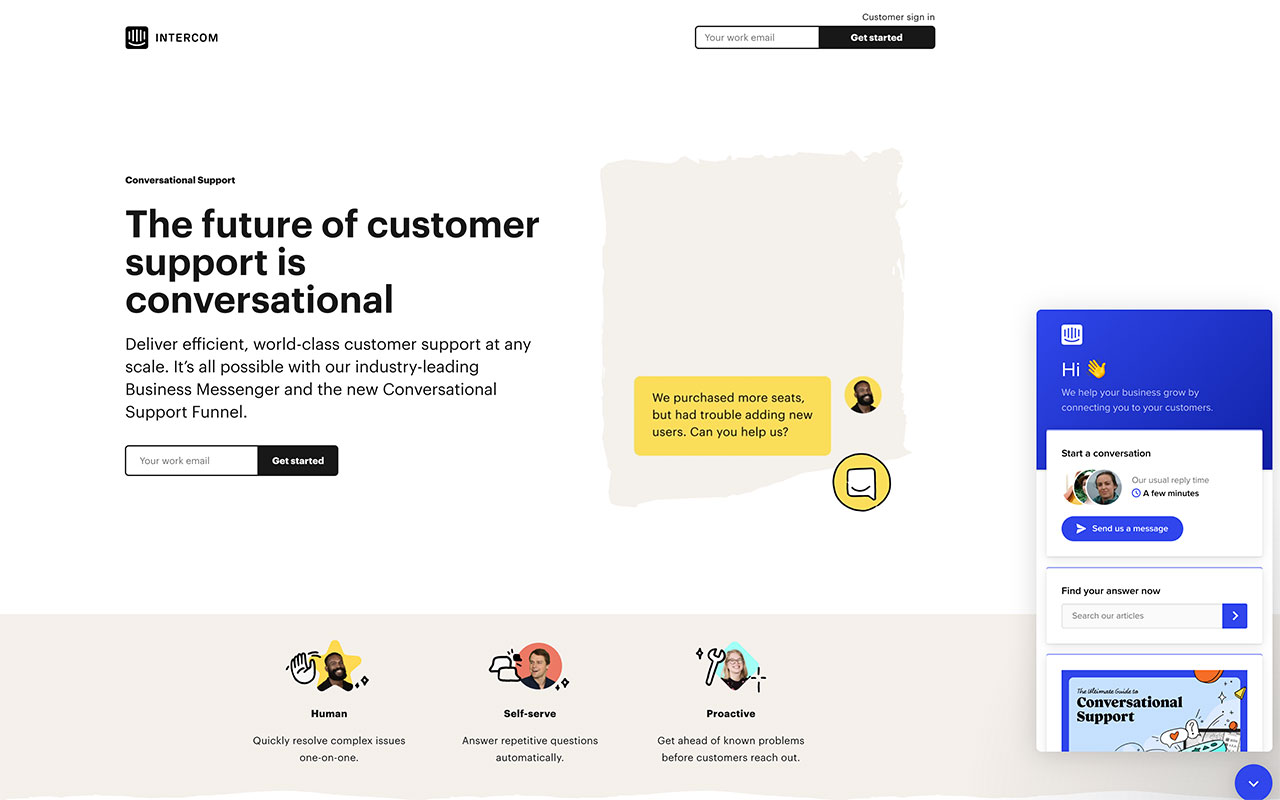
Image source: Intercom
By placing customer service tools such as live chat and phone support at the checkout page you let customers ask questions and receive answers. This removes doubt and ambiguity, giving them more confidence to complete their purchase.
7 – Improve your site speed and performance
Your website’s speed and performance is crucial to reducing the amount of abandoned carts. These two aspects of web design can make or break the user experience (UX) of your e-commerce site. Fast loading speeds and error-free pages give your customers no time or room to doubt their potential purchase.
You can improve loading speeds and remove errors by compressing images, optimising your website’s code or using tools to identify and address errors.
8 – Use social proofs
Social proofs are evidence that your product or service is worth the money and the purchase. Social proofs can come in various forms but the most common is through customer testimonials. By reiterating the good experiences that past customers have had with your business, you give current visitors confidence, trust and more reason to buy what you’re offering.
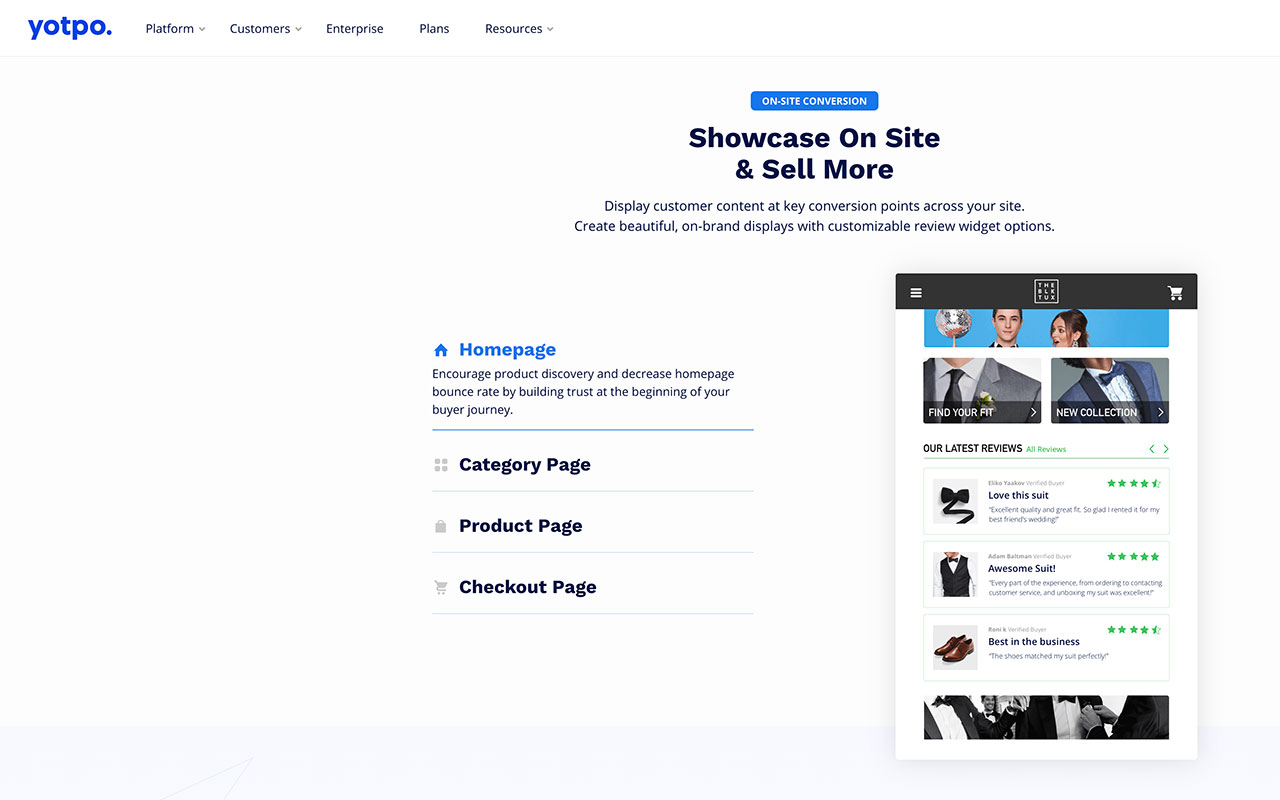
Image source: Yotpo
Your testimonials and reviews can be placed on product pages or given a page of their own. You can also use them as the basis for our next strategy: abandoned cart emails.
9 – Send abandoned cart emails
Abandoned cart emails are one of the most effective tools to recapture lost carts. These emails are typically sent after a visitor leaves the checkout page without completing their purchase.
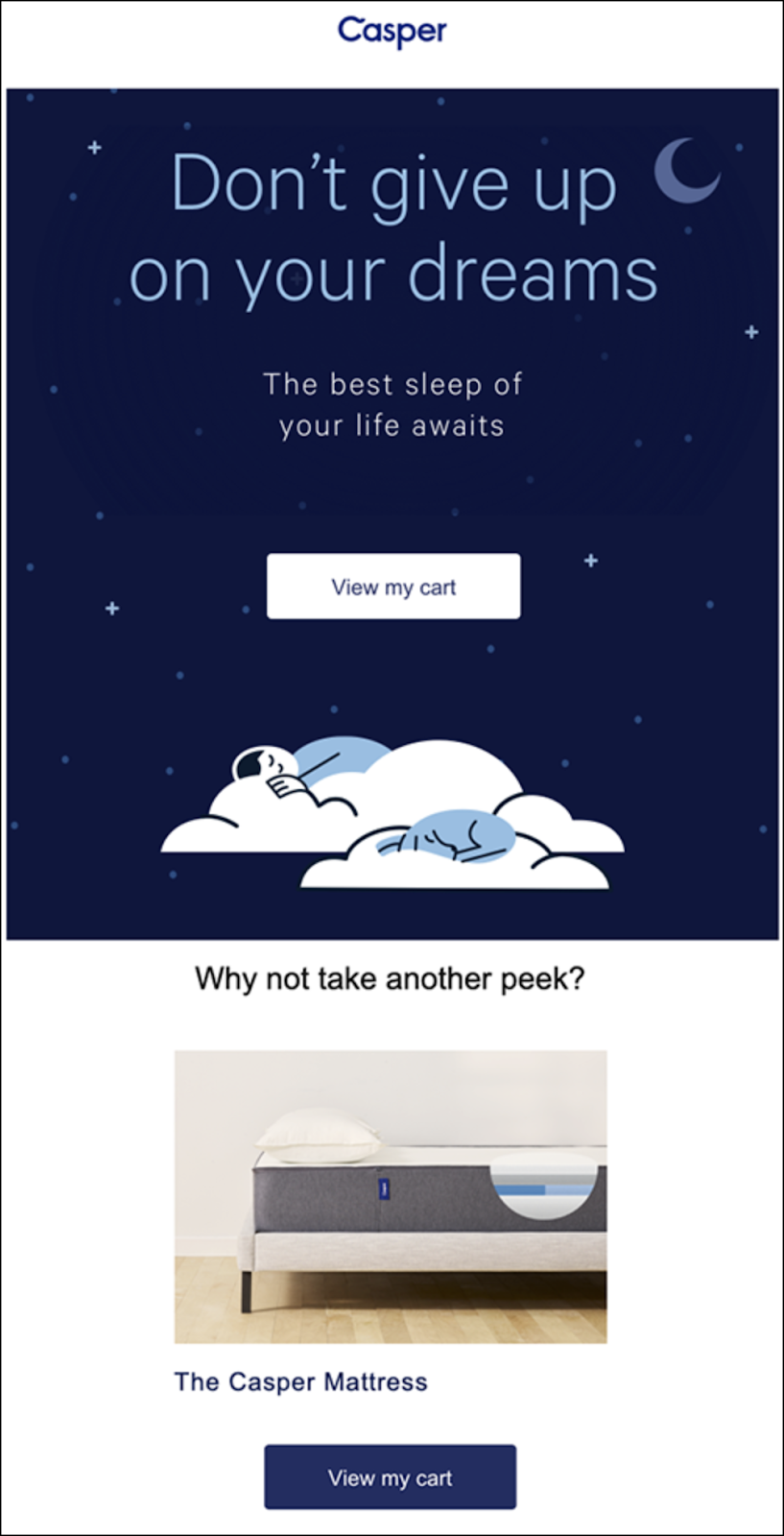
Casper’s abandoned cart emails feature bold copy and eye-catching design.
While your abandoned cart emails can simply remind customers to complete their purchase you can also use them to give discount codes and exclusive offers. These give customers more incentive to come back and finish their order. Cart recovery emails can be automated to send by themselves, and they should be a part of your email marketing strategy.
10 – Retargeting ads
Retargeting ads are paid advertisements which specifically customers who have previously visited your site. They can be used to present customers with the exact products that they abandoned which can prompt them to complete their purchase.

Image source: OSIM UK
They work through Facebook pixels or Google RSLAs, which are features that track customer shopping behaviours. This info is then used to retarget customers with the products that they have been browsing.
Retargeting ads are relatively simple to set up and are effective in improving cart recovery.
Less abandoned carts, more sales and profits
Abandoned carts don’t have to be a barrier to the growth and success of your online eCommerce store. The good news is that by learning why abandoned carts happen and then implementing strategies to directly address those reasons, you give your business the chance to recapture lost customers and the sales and revenue that come with them.
Shopping cart abandonment is just one roadblock your e-commerce business might face. Luckily, we have articles to help you with all aspects of digital marketing!
Visit our blog to find more informative articles or contact us directly to see how we can help your business grow.




